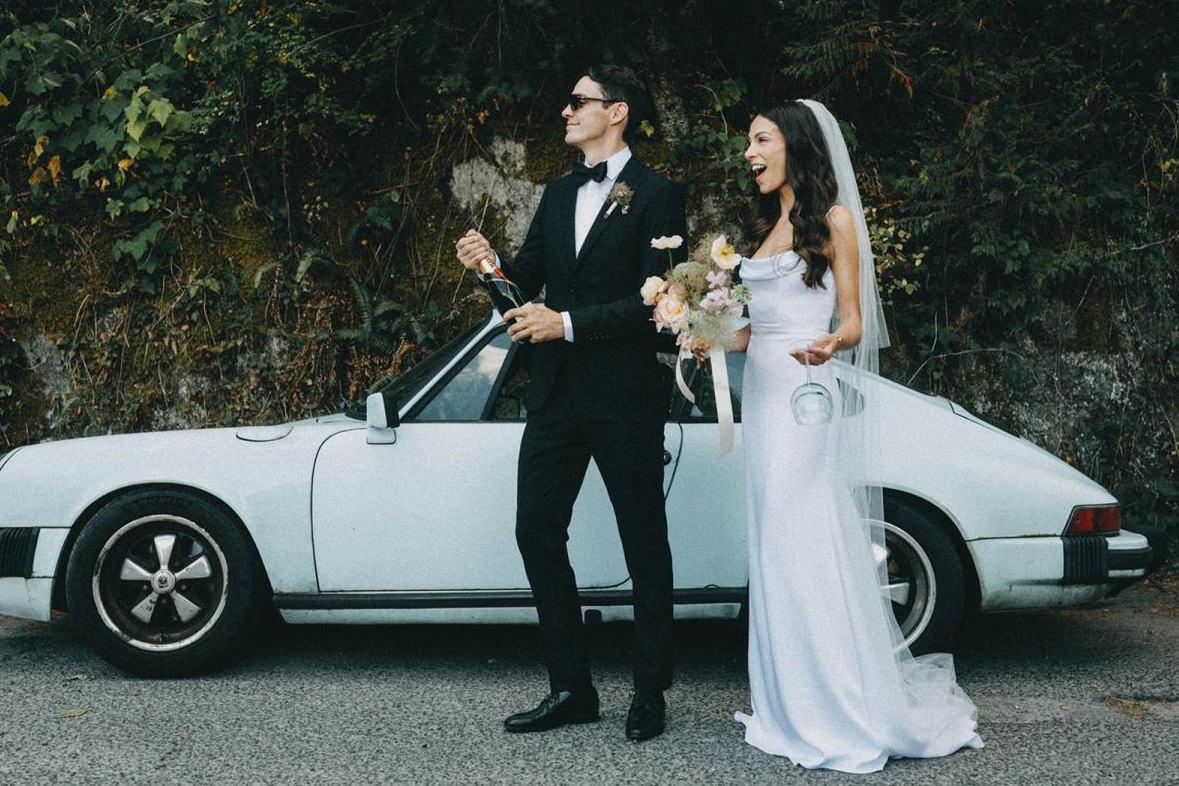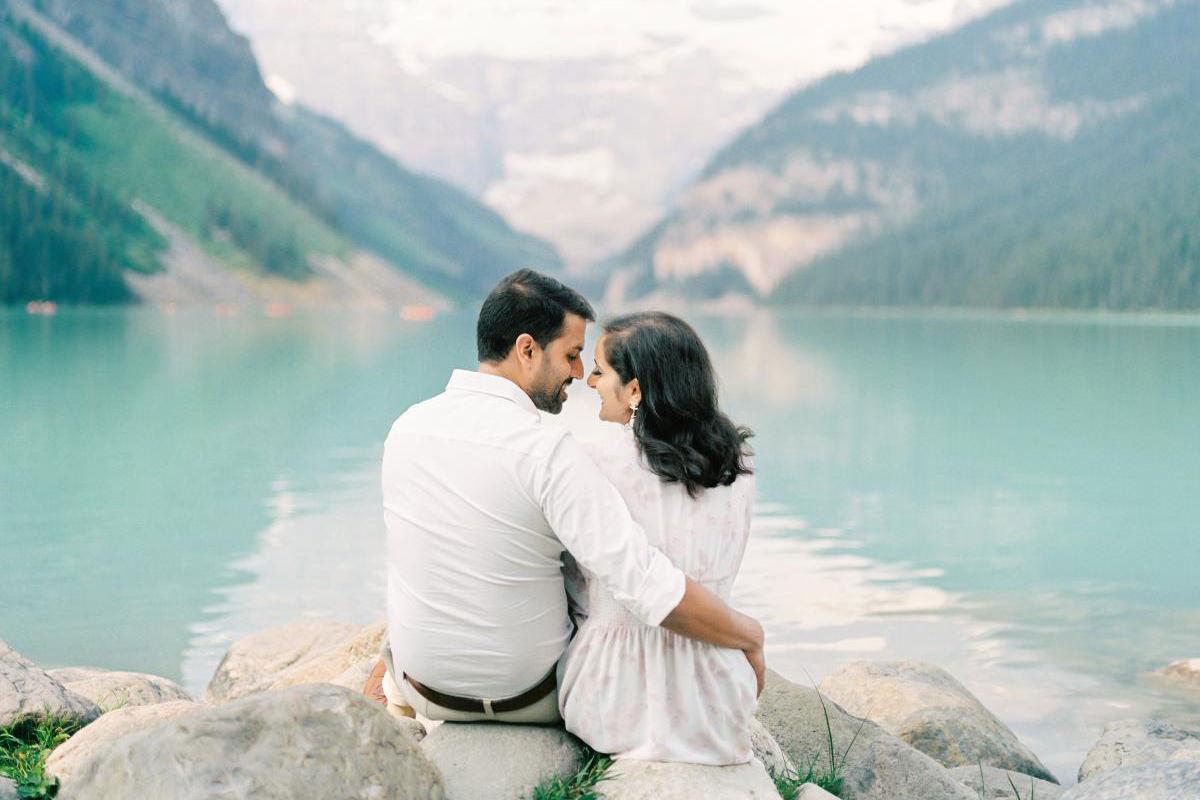Once handled by mothers and church ladies, wedding planning in Canada has grown into a multimillion-dollar ecosystem—both personal and professional.
The way Canadian couples plan weddings has changed dramatically over the past century. From intimate backyard ceremonies to sprawling destination events, the tools, expectations, and people behind wedding planning have evolved to reflect changes in society, gender roles, and the economy.
This article traces how wedding planning in Canada became what it is today—and what that says about the country’s shifting views on love, family, and celebration.

Pre-20th Century: Family-Run and Community-Based
In the 1800s and early 1900s, most Canadian weddings were modest, local, and family-coordinated.
- Planning was handled by the bride’s mother, extended family, or religious leaders.
- Weddings were often held at home, in churches, or on family farms.
- Food was prepared by community members, and roles were passed down orally.
There were few choices to be made—tradition dictated the structure, and the focus was more on union than experience.
Mid-20th Century: The Rise of the DIY Bride
Post-WWII, Canadian weddings began to reflect a growing middle class and suburban lifestyle:
- Weddings shifted from homes to banquet halls, hotels, and churches.
- Planning still fell largely to the bride and her mother, with support from close friends.
- The “modern bride” was expected to organize, host, and perform simultaneously—often without professional help.
Bridal magazines and etiquette books proliferated, shaping what weddings were supposed to look like—and who was expected to manage them.
1970s–1990s: Enter the Wedding Planner
The concept of a professional wedding planner first appeared in Canada in the 1970s, influenced by trends in the U.S.
- Planners were initially viewed as luxury services for the wealthy or elite.
- Over time, they became more accessible, offering partial planning, day-of coordination, and vendor sourcing.
- The rise of wedding fairs, trade shows, and bridal expos helped formalize the industry.
- By the 1990s, planners were common in urban centres, especially for multicultural or interfaith weddings requiring logistical expertise.
This marked a turning point: planning a wedding became something you could outsource, specialize, and brand.

2000s–Present: Personalization, Platforms, and Pressure
With the rise of the internet, Pinterest, and social media, Canadian wedding planning underwent a major transformation:
- Couples gained access to endless inspiration—and unrealistic expectations.
- Platforms like WeddingWire, Zola, The Knot, and CanadianWeddingPhotographers.com gave couples tools, checklists, and vendor directories.
- The pandemic shifted priorities, with more couples embracing elopements, micro-weddings, and intentional guest lists.
- Wedding planners adapted with virtual consultations, crisis coordination, and planning packages for all scales of celebration.
Today, wedding planning is a hybrid process: part tradition, part tech, part emotional project management.
Who Plans Weddings Today in Canada?
- Professional planners still thrive—especially in larger cities and destination markets.
- Many couples still DIY most elements, especially when on a budget.
- Family involvement varies across cultures; in some communities, planning remains a multi-generational effort.
- LGBTQ+ and intercultural couples often take the lead themselves, especially when blending traditions or navigating unsupportive families.
Wedding planning in Canada is increasingly about personal values and boundaries, not just logistics.
Photographers and the Planning Timeline
Photographers are often among the first vendors booked and most involved in shaping the timeline:
- They help coordinate first looks, ceremony light, and golden hour portraits.
- They often witness behind-the-scenes emotions, vendor drama, and last-minute decisions.
- Many planners and photographers collaborate closely to ensure the day flows smoothly.
Understanding the planning journey helps photographers connect more deeply with their couples—and support them beyond the lens.

Related Reading in the History of Weddings Series:
- The History of the Wedding Industry
- The History of Wedding Guest Lists
- The History of Wedding Economics
- Why Wedding Traditions Matter
Continue Planning Your Wedding
Ready to dive into the details? How to Find the Perfect Wedding Photographer: The Ultimate Guide to Making the Right Choice